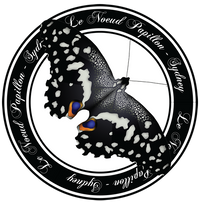Worry Beads - Komboloi (κομπολόι)
CUSTOM ORDER YOUR OWN WORRY BEADS BY WHATSAPP +61413140994
Greek worry beads, or komboloi (κομπολόι), often follow traditional patterns in the number of beads, but there’s no strict religious or spiritual requirement as in prayer beads like the komboskini used by monks. However, there are some common conventions:
Typical Number of Beads:
-
Often 17, 21, or 23 beads on a string.
-
Sometimes 33 beads, inspired by religious symbolism (e.g., age of Christ), but this is less common for casual worry beads.
-
Always an odd number (more on that below).
-
Many include one fixed bead near the shield/komboskilo (the separator or weight bead) that is not counted.
Why an Odd Number?
The use of an odd number of beads is intentional because:
-
It allows for a rhythmic, back-and-forth motion when flipping or playing with the beads.
-
Odd numbers prevent symmetry, creating a more dynamic feel that contributes to the meditative or stress-relieving function.
-
Some also say it reflects an ancient Greek appreciation for asymmetry in art and design.
Purpose and Evolution:
-
Originally derived from prayer beads (like komboskini used in Orthodox Christianity), but komboloi are secular and mostly used for relaxation, boredom, or even social signaling.
-
Over time, the komboloi became a cultural object, often beautifully crafted from materials like amber, coral, wood, or resin.













